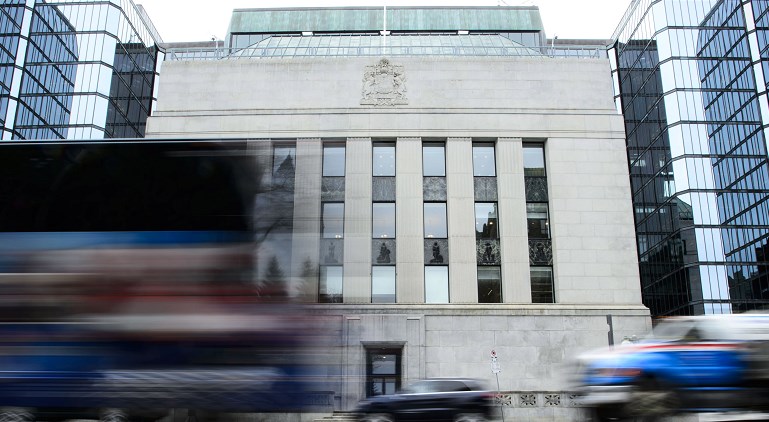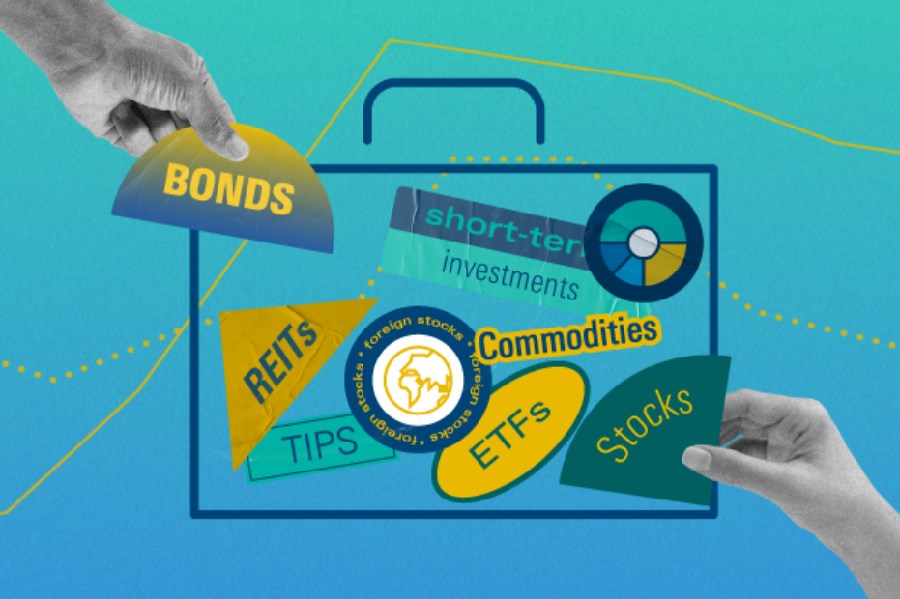
Immediately after the end of this year, LIBOR will end. If you’ve never heard of it before, you might think it doesn’t matter. But the London Interbank Offered Rate, or LIBOR, is the world's most widely used benchmark for short-term rates, the rate that banks pay each other for unsecured overnight loans.
It is the reference rate on which is based anywhere between US$ 300 and US$ 400 trillion worth of mortgages, corporate bonds and most financial derivatives. As LIBOR shifts, so do profits and losses accrue on all those countless contracts. It has been called the ‘World’s Most Important Number’.
But first, what is it?
What is LIBOR?
The LIBOR is calculated by the Intercontinental Exchange, or the ICE. Each day a panel of banks is surveyed and asked the question, “At what rate could you borrow funds, were you to do so by asking for and then accepting interbank offers in a reasonable market size just prior to 11 a.m. (London Time)?”
The panel answers this question on each business day in London by submitting quotes for five currencies (Swiss Franc, Euro, Pound Sterling, Japanese Yen and U.S. Dollar) and seven maturity periods (overnight, 1 week, 1 month, 2 months, 3 months, 6 months and 12 months). The ICE Benchmark Administration then determines the LIBOR for the day.
LIBOR’s greatest shortcoming is “the ease with which it has been manipulated, most notably during the 2012 LIBOR scandals,” states a spokesperson for BMO. That “has led to a deterioration of the confidence in the rate setting process.” Some panel banks reported a rate favorable to them “by maybe two or three basis points, indicates Alan White, professor of finance at the Rotman School of Management. However, a favorable 0.02% on billions of outstanding contracts quickly adds millions $ in gains. An investigation found that the panel banks attempted to manipulate these rates as far back as 2003.
And so, it is being replaced by a slew of risk-free rates (RFR). For example, in Canada, LIBOR is being replaced by CORRA, the Canadian Overnight Repo Rate Average, and in the U.S. (on which rests the highest volume of credit), by the Secured Overnight Financing Rate, or SOFR, and the Sterling Overnight Index Average, or SONIA in the UK.
This transition is a delicate operation, and has been in the works for some years. Here’s how Morgan Stanley explains it: “Imagine if the supply of salt, the world’s most-used culinary ingredient, was expected to run out in two years. Let’s say a suitable replacement was invented, however, the usage was a bit different, requiring chefs around the globe to recalibrate countless recipes while still continuing to run their restaurants and feed customers. A similar scenario is playing out, as financial markets prepare for the imminent end of LIBOR.”
What’s the Difference?
The key difference between LIBOR and all the other RFRs in the works is that LIBOR is a survey-based rate, whilst the RFRs are transaction-based. The LIBOR is set each day through a survey of 15 to 20 large banks, known as panel banks, that report their funding rate based on their expert opinion. The survey results are averaged, adjusted and released daily around 11:45 am London time. “This process is outdated,” flatly states Morgan Stanley.
“SOFR is presented as a “risk-free” rate because it will be determined on the basis of real transactions happening in the repurchase, or repo, market where banks loan money to each other using Treasury bonds as collateral,” explains Chuck Weilamann, Chief credit officer at DBRS Morningstar. This collateral illustrates a key difference with LIBOR, which is unsecured, therefore integrating a credit risk. Another key difference between the two benchmarks hinges on the fact that SOFR and the other RFRs are a daily rate while LIBOR integrates seven rate terms ranging from one day to one year.
What Are the Challenges?
Here’s the challenge: adjusting all the differences between the two benchmarks and baking them into a single rate applicable to millions of contracts that are presently pegged to LIBOR. What will that new rate be? “Will it be ‘SOFR + 25 basis points’, for example? Nobody knows right now,” says White.
The devil is in the details. Take for instance the fact that there are often discrepancies between the LIBOR rate stated in the New York repo market and the one stated in London, White points out. “Those two rates were often quite different, sometimes by 40 basis points,” he notes.
Morgan Stanley writes that “The move could also pose challenges for how lenders communicate rate changes to borrowers. Because SOFR is an overnight rate – vs. varying terms for LIBOR – lenders will need to estimate interest rates for consumers using a prior compounding period.”
Meanwhile, BMO adds that “Market liquidity in the new RFRs needs to grow before the industry can confidently rely on them, which poses a chicken or egg issue: the RFR markets can grow in liquidity only if people trust them, but trust can grow only if liquidity grows.”
Should You Worry?
The LIBOR switch addresses investors essentially through the bank holdings in their portfolios.
“The end of LIBOR has been referred to by some pundits as the financial market equivalent of Y2K—the time-boxed tech scare that assumed the world’s computers would shut down as 1999 turned to 2000. Even in the best circumstances, valuation differences are likely to arise, particularly for interest rate swaps and derivatives. For this reason, investors with sizable books of swaps will want to carefully manage this risk months before to the switch deadline,” Morgan Stanley writes.
“It’s possible that rates may become more volatile, though I think it’s unlikely,” says White.
Will it impact bank stocks? Morgan Stanley thinks it’s too early to estimate, but analysts believe that banks first need a functioning RFR derivatives market to enable the hedging required to manage their balance-sheet risk.
Weilamann is also confident things will pan out smoothly. “Rarely has a change ever been better telegraphed to the markets, he says A tremendous amount of work has been done. Sure it’s hard to say what the transitional rates will look like when all this comes online, it’s hard to cascade down the impact. But given the full warning the market has had, we should be able to avoid turmoil.”




















